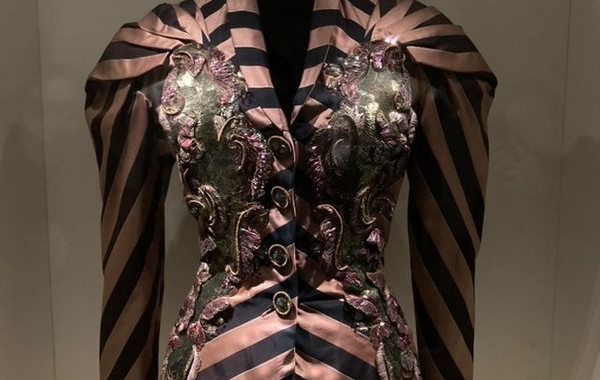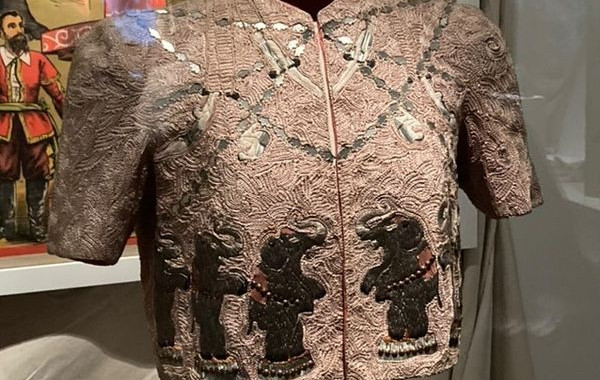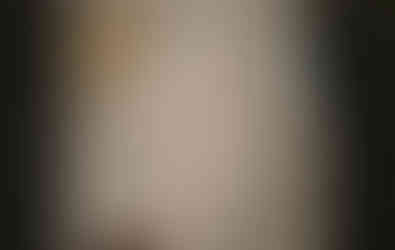Shocking Elsa Schiaparelli (pronounced skiaparelli) is an Italian designer known for her daring fashion creations. The products of her fashion house can be recognized by Dadaist and Surrealist elements (she collaborated with famous names of the Surrealism movement, such as Dali and Jean Cocteau).
The road to fame was not easy, and in the end, she had to give way to her rival, Coco Chanel. She opened the salon which became her greatest success, in Paris in 1930 (she was 40 years old at the time). Prior to this, she had a colorful life, marked by unstable relationships and business projects. Fortunately, her family stood by her financially. The Schiaparelli's are an Italian aristocratic family, and this origin ensured her good social status, in spite of many setbacks.
Despite it’s relatively short life (Elsa was forced to close in 1954), Schiaparelli’s greatest legacy remains her extremely bold and holistic thinking about fashion and art. Many later creators pay tribute with particularly bold pieces and thus preserve the memory of her legacy in the art of fashion design. She was one of the first to introduce a wrap dress that would suit most women's shapes and for which she took inspiration from simple aprons.
About the “Shocking: Elsa Schiaparelli” exhibition
The exhibition at the Museum of Decorative Arts presents a retrospective of her creations, from sketches, costumes, jewellery, sculpture, fashion accessories and signature perfume bottles.
The entire exhibition is accompanied by elements that reveal the connection with surrealists (Dali's lobsters, hat-shoe and eyes). At the beginning of the tour, there is one of her most recognizable pieces: a richly embroidered cape, in "shocking pink" color with a golden sun motif (the photo is not included due to copyright, you can find it under the name "Phoebus cape" - "Cosmic" collection, winter 1938/ 39).
The embroideries in her collections are made by the Lesage studio (now owned by Chanel). Information about the embroideries themselves is scarce. Judging from the information avaliable about the use of materials in other details (plastic zippers, which were a novelty at the time and the use of textiles from innovative sources: bark, synthetic taffeta, acrylic fibres, cellophane and even metal fibres), I dare say that many of the materials used in embroideries on her pieces were something completely new for that time.
In 1954, she published a book entitled "Shocking Life" and since then lived comfortably in her homes in Paris and Tunisia. She died in 1973, aged 83.
Photos by @silver_stitches, used with permission.
Some links for further reading:
Article in Vogue on the Paris exhibition, July 2022:
Further on the exhibition in Paris:
About the Phoebus cape:
If you enjoyed bit of reading, stop by my insta page (@ajda_embro_design) where you’ll get an idea for a gift, learn how to make a stitch or find some other useful embroidery information!
Ajda Zorko is a guest blogger. Her opinions do not necessarily reflect the opinions of Štikarca.













































































Comments